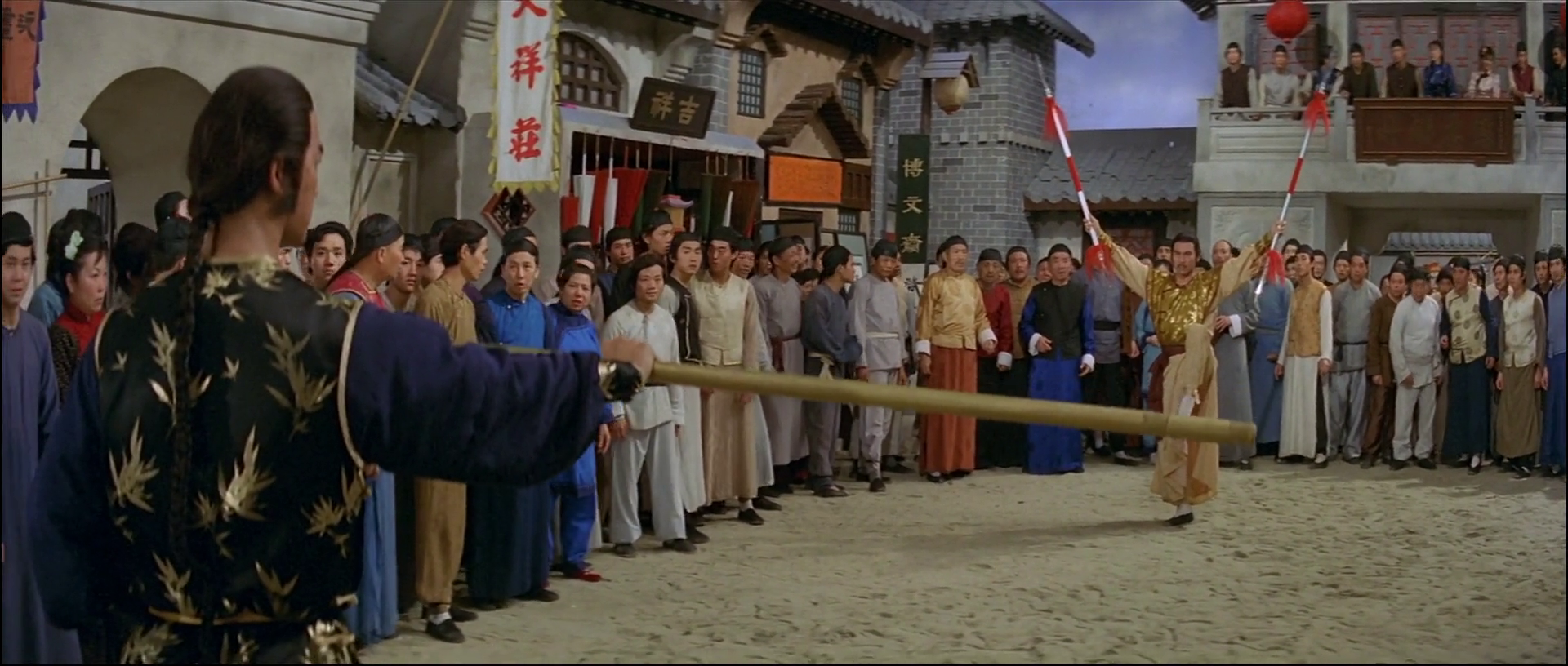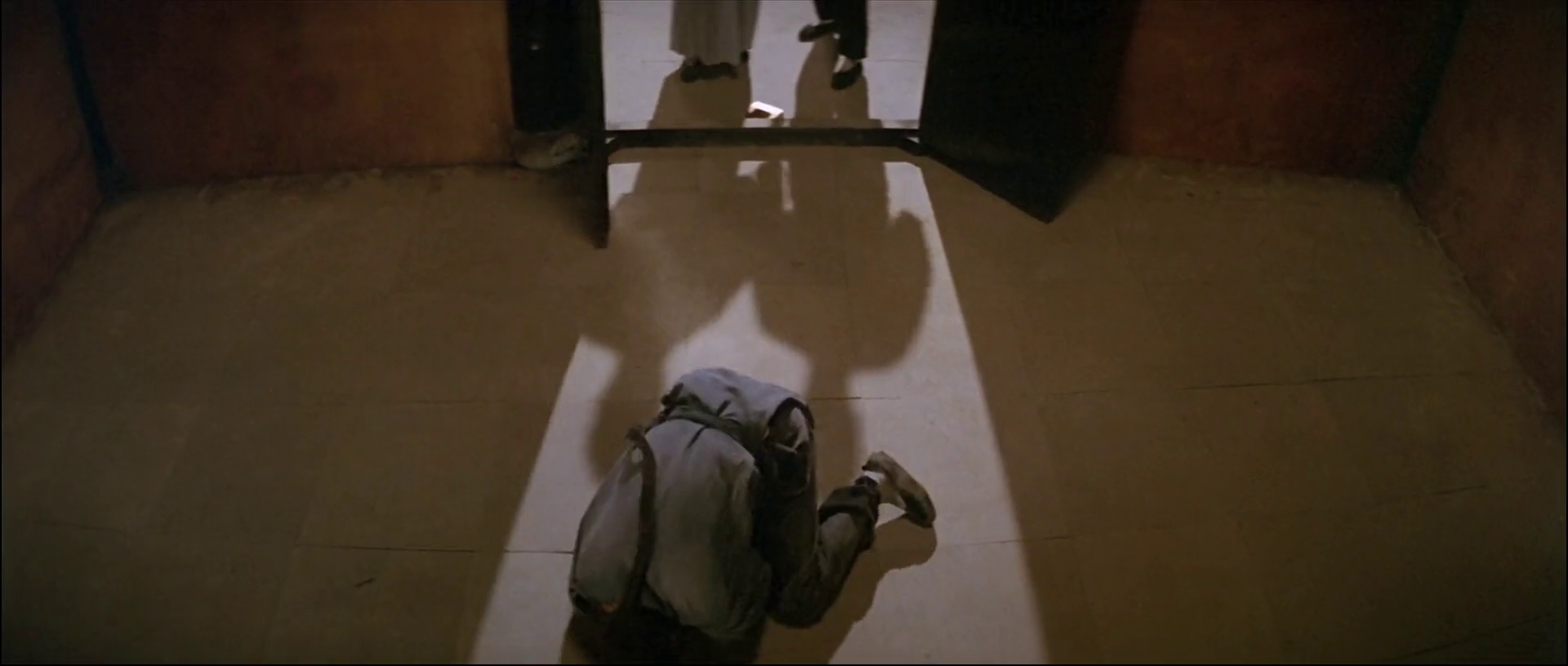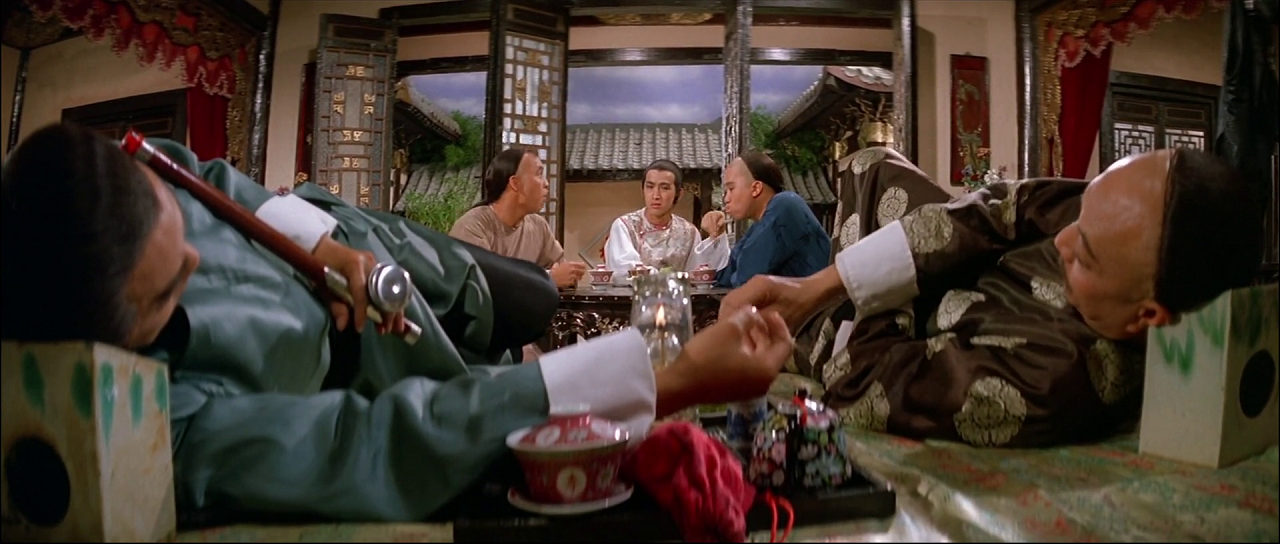There are certain rich veins of cinematic tradition that we as film writers find hard to tap into. The perfect filmic tradition for critics is one that has enough coherence that readers are interested in reading new articles about it, but enough uniqueness to each film that we can justify writing about them separately. (For a case study, you can look at anything that’s ever been called a “New Wave”, mostly unconnected movements given consistency by a Westerner’s idea of a country discovering artistic freedom, with each film given uniqueness by the different ways each filmmaker explored that freedom.)
 That’s why, I think, it is hard to find a lot of critical writing about the Shaw Brothers’ incredibly prolific output. The Hong Kong company defined what a “kung-fu movie” is, down to the goofy sound effects, but because so much of their body of work varies on a granular level, it is hard to find the “good ones” in the sea of very similar movies.
That’s why, I think, it is hard to find a lot of critical writing about the Shaw Brothers’ incredibly prolific output. The Hong Kong company defined what a “kung-fu movie” is, down to the goofy sound effects, but because so much of their body of work varies on a granular level, it is hard to find the “good ones” in the sea of very similar movies.
1984’s Opium and the Kung-Fu Master is, in many ways, an excellent introduction to the Shaw Brothers’ body of work. As far as the action goes, it’s not far from a hundred other kung fu movies, and it doesn’t have the Grand Guignol bloodworks of a movie like Master of the Flying Guillotine.
But what does make it unique for a Western audience is the incorporation of a distinctly Western narrative tradition: the “problem” story. A kung-fu movie about the horrors of opium, Opium fits in to the “drugs are bad” morality tale tradition of Reefer Madness and Requiem for a Dream.
 We meet our titular kung fu master (Ti Lung, who Hong Kong film fans might know from A Better Tomorrow) fending off thieves. But when he receives his reward, the scene is a little less traditional: we see him and the mayor smoking. It’s a strange scene that interrupts the standard rhythms of the impossibly virtuous kung fu master, and one that sets the entire film off-balance.
We meet our titular kung fu master (Ti Lung, who Hong Kong film fans might know from A Better Tomorrow) fending off thieves. But when he receives his reward, the scene is a little less traditional: we see him and the mayor smoking. It’s a strange scene that interrupts the standard rhythms of the impossibly virtuous kung fu master, and one that sets the entire film off-balance.
It takes about an hour of some of the highest quality melodrama before he gets the commitment to go cold turkey and defeat the leader of the drug dealers. Many problem films are happy with the drug causing one death, hopefully of an impossibly innocent character (a death that often serves the double function of relieving us from their irritation).
Opium gives us a classic example of the scene, when one of the ne’er-do-well followers of the kung fu master becomes so addicted that, when his friends drag him from the opium den and return him to his house, they find his wife and children dead from rat poison. (To complete the scene, he promptly kills himself.)
 But it isn’t content with just one tragedy. Seeing the tableau, another of Ti’s followers attempts to burn down the opium house and is, in classic Hong Kong action style, dispatched by a particularly evil goon with a villainous weapon. (We know the weapon itself is villainous because it is very pointy, it is covered in metal, and it is completely unclear how it could ever actually harm a person.)
But it isn’t content with just one tragedy. Seeing the tableau, another of Ti’s followers attempts to burn down the opium house and is, in classic Hong Kong action style, dispatched by a particularly evil goon with a villainous weapon. (We know the weapon itself is villainous because it is very pointy, it is covered in metal, and it is completely unclear how it could ever actually harm a person.)
And even this tragedy is not enough: Swearing revenge, Ti attempts to go cold turkey, but can’t restrain himself. Pitying him, the virtuous love interest (now somewhat vestigial, her lover being dispatched) attempts to steal some opium for him, and falls prey to her evil brother and that most murderous of the melodramatic home’s features, a stairway.
Between all of this is a handful of fights, all goofy and fun and very Shaw Brothers. But endless martial arts fights come and go, and the simple fact is that at least two-thirds of the average martial arts film is not actively taken up by martial arts. We as critics and fans (and the curious hybrid critic-fan that so many of us are these days) need to learn how to read this rich and complex and goofy and fun tradition if we want to understand East Asian film, and if we want to avail ourselves of a great source of pleasure.

